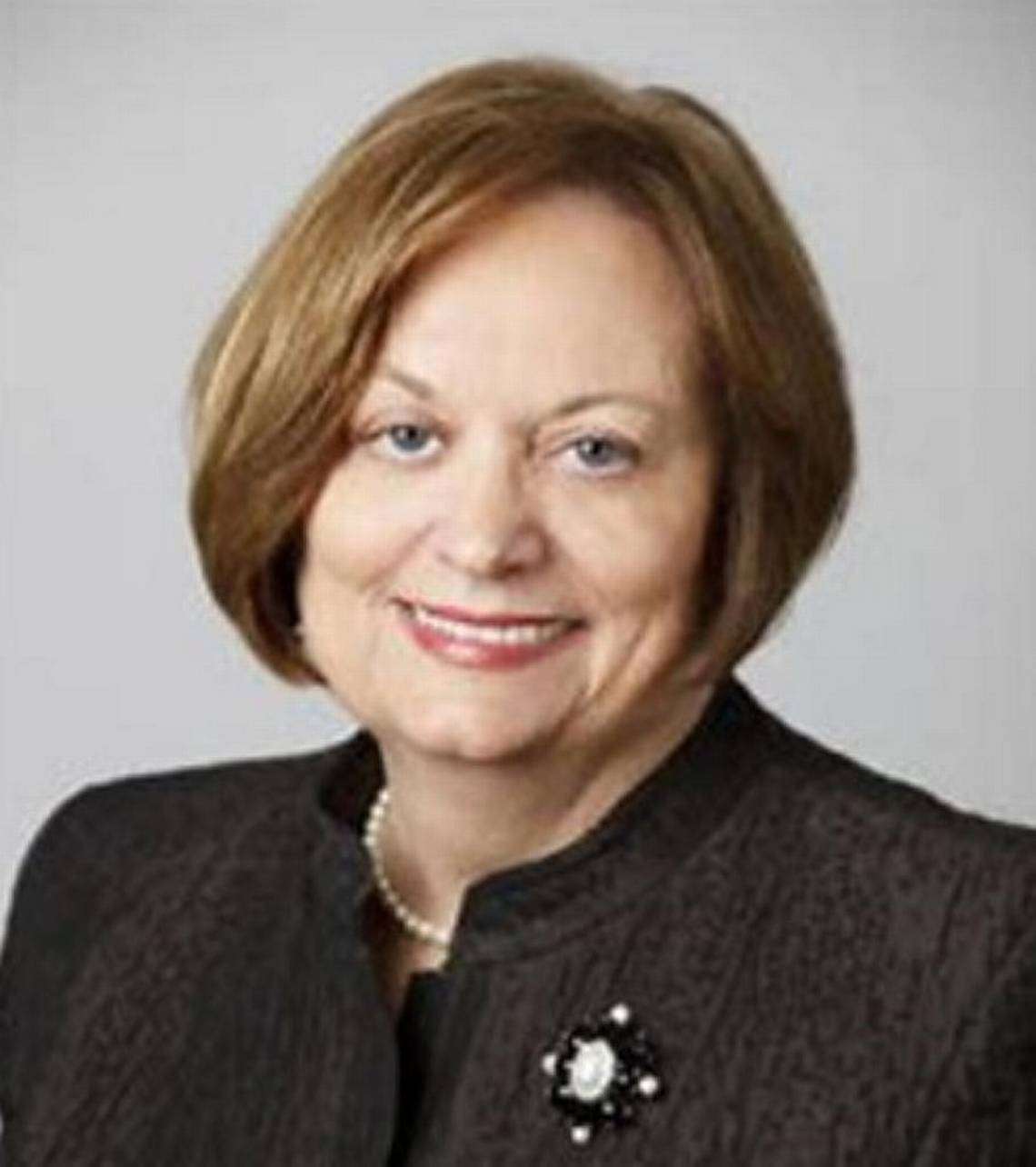
Traditionally during the holidays, thoughtful moments of gratitude, goodwill and peace push away the frenzy of gift giving and parties with fancy food. We take stock of the past and look toward the coming year.
Recent months have seen much worried talk about the fragility of Kansas public schools.
Critics point to deep, structural weaknesses that emerge from lack of accountability.
Because we live in a democratic society, public school policy is always an open discussion and not value neutral. Our schools exist amid dissent about their effectiveness and always have.
Continuously attacked but surprisingly resilient, Kansas schools remain strong due to unfaltering dedication to their core mission—to grow students’ knowledge and prepare them for citizenship.
The beginning of a new year seems the right time to reflect on the power of public education for positive change and how the past foreshadows a crucial challenge to Kansas schools today.

As most Kansans know, in 1951, Oliver Brown filed suit against the Topeka Board of Education because his daughter, Linda Brown, was denied admission to Topeka’s white-only schools. The resulting U.S. Supreme Court decision ruled separate was not equal education and ended racial segregation in schools across the nation.
Despite tenacious resistance to desegregation and enrollment flight to Kansas suburbs, the impact of the Brown v. Board of Education eventually opened all public places. Today about 90 percent of students in Kansas attend racially integrated public schools and graduation rates are up since the 1950s when they hovered around 50 percent nationally.
In 2019, U. S. Department of Education statistics show graduation rates for black students nationally at 79.6 and in Kansas at 80.0 percent. The graduation rate for all students in Kansas was 87.23 percent.
According to the last census, the Kansas population is 86 percent white. Yet, from Dodge City to Wichita to Johnson County, Kansas is becoming an increasingly multi-cultural and multi-racial society. Kansas schools now face a different struggle, one that deals less with attendance than the guarantee of equal educational opportunities.
Lessons learned from the Brown decision show that positive social change is possible, but the lessons appear to have little influence on the disrespectful and disruptive Kansas youth who recently mocked their peers of another race at a sports event or those who brought guns to school or who now exchange insults in classrooms and talk-back to teachers.
Though a small minority, the students who act out are visible symptoms of the deeper, largely unspoken but hard to eradicate, racism and disrespect of others that lingers in our society. Racism and lack of acceptance toward others’ culture, religion, disability, age or gender can be found throughout Kansas and the nation.
Teachers and administrators are striving not to indoctrinate but provide inclusiveness for students. Schools work to bring us together through creating sound school-wide safety measures, communicating the worth of all individuals and teaching history that shows both the positive and negative aspects of our shared past.
Public education, arguably, is the most unifying and important of all American institutions. In a country built on individual rights, free public education is the single nationwide institution that offers all children 12-plus years of schooling to enhance their personal lives and prepare them to be responsible citizens.
Public schools are the dominant form of education for Kansas students—a powerful influence on the future of the state.
It’s time to appreciate the gift of public education.
Sharon Hartin Iorio is Dean Emerita Wichita State University College of Education.






